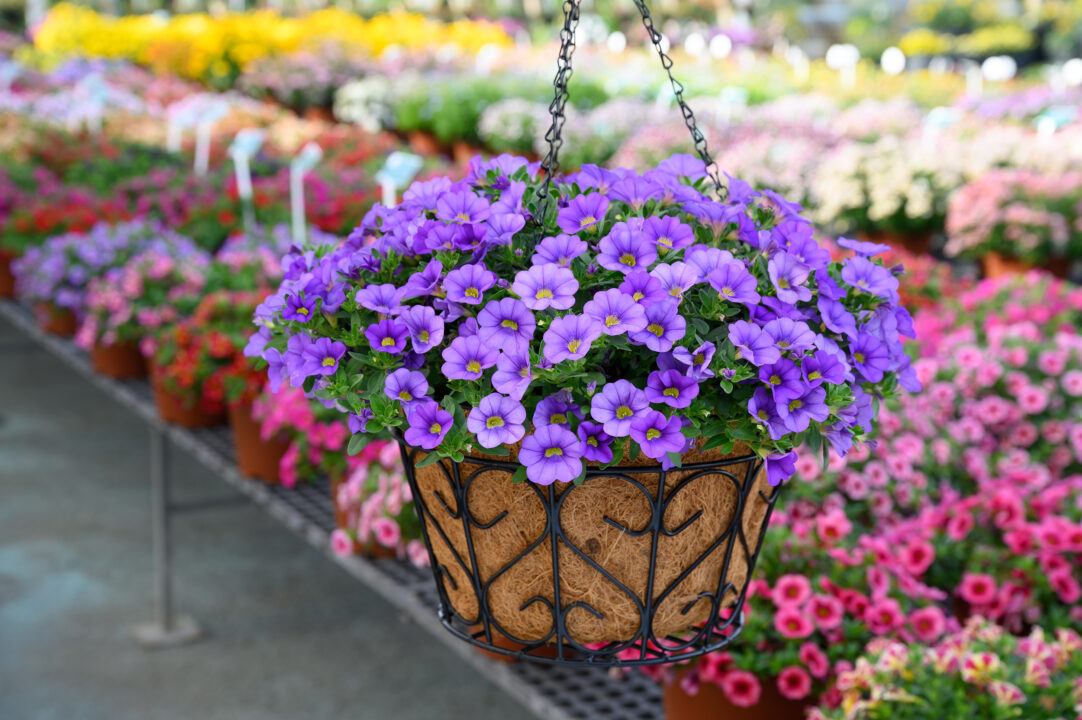5 Labor Management Tips to Maximize Your Greenhouse Profitability
 For many greenhouse growers, labor has moved past the economy and declining customer bases to become the number-one impediment to growth, resulting in a big push toward efficiency and labor management automation.
For many greenhouse growers, labor has moved past the economy and declining customer bases to become the number-one impediment to growth, resulting in a big push toward efficiency and labor management automation.
The results of Greenhouse Grower’s 2018 Top 100 Grower survey indicate that many of the top growers are investing in greenhouse operations and management technology and automation wherever they can to counter significant labor shortages (83%) and costs (73%).
Last year’s grower survey also asked: What types of technology and automation do you plan to invest in?
The short answer is anything that will increase efficiencies. 59% of growers said they plan to invest in production automation. Computer software came in as the second-largest area of investment, with 47% of growers purchasing ERP and other software systems. Greenhouse structures and coverings was the third largest area, with 42% of growers building on or replacing structures.
Irrigation controls was a close fourth area with 41% of growers focusing on watering efficiency, and LED lighting and growing media equipment landed among the top, both with 34% of growers saying they would be investing in these areas.
Increasing wholesale prices, or finding cheaper, less experienced labor puts retaining your customers at risk. So what’s the answer?
Here are five labor management tips to help you maximize greenhouse profitability.
1. Eliminate Inefficient Time and Labor Management
In the past, growers had to track labor activities manually or with the use of time clocks and spreadsheets. This approach can give the desired result, but it doesn’t have to be that hard. Laborers need to have the ability to track labor in real-time by simply clicking start or stop on their tablet or phone. The time per activity should then be immediately updated into an automated system (also available offline), showing tasks and time stamps for each task within a production. Up-to-the-minute information, advanced insights into your greenhouse operations, and management of time and resources means you can react to the ever-changing market quickly when labor-intensive activities are eating up profit and productivity.
2. Banish Surprises at the End of the Month
Without live insight into your current production, you won’t know your true cost until the next financial period, which is too late — you’ve not made a profit on a certain crop and you’ve already invested in planting it again next month. You need to be able to determine on the fly, by variety, how long it’s taking to plant a crop, and the true cost per item. For instance, if you’ve decided to plant a crop from tissue culture, you know how much to charge for it if it’s taking longer for laborers to plant the more delicate crop.
3. Automate Entry-Level Positions Such as Potting, Sticking, Sorting, Spacing, and Packing
Green Circle Growers is always seeking skilled growers for the greenhouse with a variety of open positions. However, the company is still prone to some droughts in the labor pool.
“With the improvement of the economy over the past several years, it has become a challenge to attract enough talent into our organization,” says Frank Paul, Orchid Grower Manager. “With unemployment at historic lows, people have more options to choose where they want to work. Automation reduces the need for entry-level labor positions, in turn creating more skilled job opportunities for technicians.”
4. Reduce the Hard Labor Workload
There are many physically challenging and demanding tasks involved in production. These hard labor tasks can present a health and safety risk to employees. Automations is a way to improve working conditions, and is an advantage today for Green Circle Growers.
“Orchids are set down on an automated table system, which places the plants at the perfect work height so employees don’t have to bend down,” says Marcel Boonekamp, Orchid Grower Manager.
The automated table system allows Green Circle Growers to bring the plants to workstations in concentrated areas, rather than sending people out to the greenhouse. Working conditions in these stations can then be better managed. Also, many repetitive tasks have been automated, which helps reduce the manual workload.
“The new boxing line for the orchid range automates the boxing process and stacking of heavy boxes onto pallets, which means that this heavy job will be handled more safely and securely,” says John Ploenes, Director of Greenhouse Operations at Green Circle. “With many hard labor duties and safety concerns addressed by automation, we have the ability to reassign our employees to more skilled labor jobs or give them the opportunity to move into leadership roles.”
5. Gain Insight Into Productivity by Line and by Laborer
An integrated business insight tool such as Microsoft Power BI can tell you who may need retraining or reassignment to a different line.
With automation and real-time information, you can execute greenhouse operations and management decisions before it’s too late and ensure you’re making money on every tray you sell.
For more tips on labor management for greenhouse growers and overcoming other industry challenges, watch this on-demand webcast.









